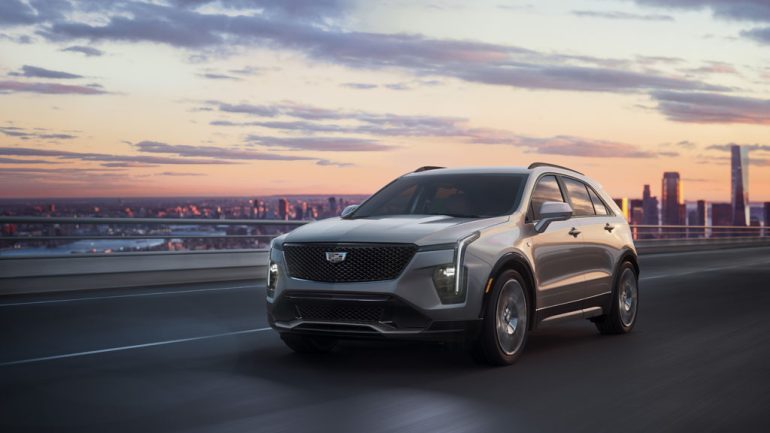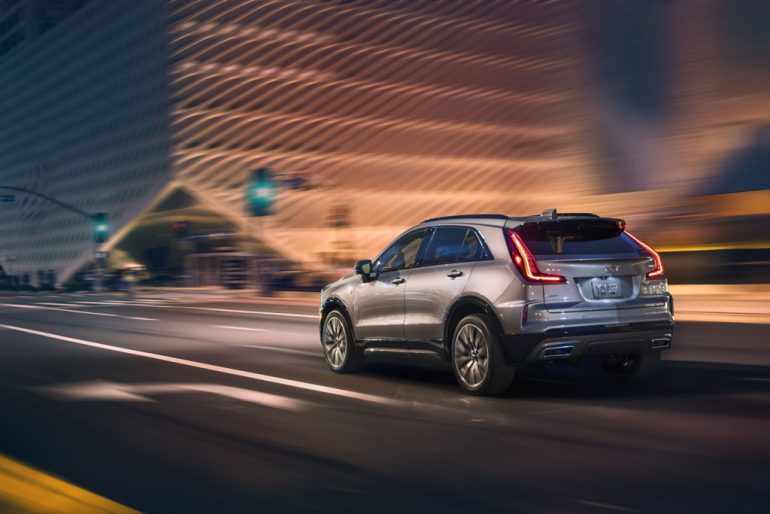
In a move that underscores General Motors’ push toward an electric future, the automaker announced it will end production of the Cadillac XT4 crossover in January. The decision not only marks the end of the line for the gas-powered XT4 but also highlights GM’s focused investment in electric vehicles (EVs) at its Fairfax Assembly plant in Kansas.
GM is investing an impressive $390 million into retooling the Fairfax plant, which has historically assembled internal combustion vehicles, to produce next-generation Chevrolet Bolt EVs. This investment is in line with GM’s strategic transition toward an electrified lineup, an effort that has ramped up dramatically across the industry as companies prepare for government regulations and a changing consumer mindset favoring cleaner transportation options.
Also, don’t forget that you can get discounted new car pricing with a free quote through qualified local dealer partners.
The Cadillac XT4, a compact luxury crossover introduced in 2018, found a niche with drivers looking for a more affordable luxury SUV. However, with GM’s sights set on an all-electric lineup by 2035, the company had to make tough decisions on which models to continue producing in a highly competitive, evolving market. Initially, GM had announced plans to build both the Bolt EV and XT4 side-by-side at the Kansas plant, with production resuming in 2025. However, the company recently confirmed it will now focus solely on the Chevrolet Bolt at that location.
This shift means the XT4 won’t be returning in any form, at least for the foreseeable future. Cadillac’s lineup of EVs will instead grow with vehicles like the Lyriq, the brand’s flagship electric SUV, and future EV models that align with Cadillac’s goal of becoming an all-electric luxury brand by 2030.

The automotive industry has seen a rapid increase in demand for EVs as more governments push for stricter emissions standards and as electric infrastructure becomes more accessible. GM’s decision to streamline the Fairfax Assembly Plant’s focus solely on electric vehicles underscores the need to allocate resources where they’ll have the most impact. By dedicating the Kansas plant entirely to EV production, GM can optimize resources, staff, and technological capabilities toward developing the Bolt EV and other EV models expected to follow.
The Chevrolet Bolt EV has become a major player in GM’s lineup, particularly as an affordable entry-level electric vehicle in a market that is often dominated by luxury EVs. Known for its practicality, range, and value, the Bolt has resonated well with a demographic that values clean mobility without the premium price tag. GM’s $390 million investment in Kansas reflects its commitment to ensuring that the next generation of Bolt EVs will continue to meet consumer expectations while aligning with the company’s sustainability goals.

As Cadillac pivots toward becoming a fully electric luxury brand, the XT4’s departure clears the way for the brand to focus on the development of electric luxury SUVs and crossovers that fit Cadillac’s future direction. Cadillac’s lineup will continue to evolve with more vehicles like the Lyriq and Celestiq, which are pushing the boundaries of luxury EV design and technology. This decision aligns with GM’s broader vision of offering over 30 new electric vehicles globally by 2025 and achieving an all-electric lineup across all brands by 2035.
The end of the Cadillac XT4 underscores GM’s serious commitment to a future focused on electric vehicles. While it’s always bittersweet to say goodbye to a model that has found a loyal customer base, the shift allows GM to stay agile and keep pace with the industry’s changing dynamics. The dedicated EV focus at the Kansas plant is another stepping stone in GM’s bold vision of a zero-emissions future, as the company remains determined to set the pace in the EV revolution.
For Cadillac fans, the loss of the XT4 means looking forward to new electric alternatives that will define the next era of American luxury. As GM reinvents itself and its product lineup, one thing is clear—the road ahead is electric.